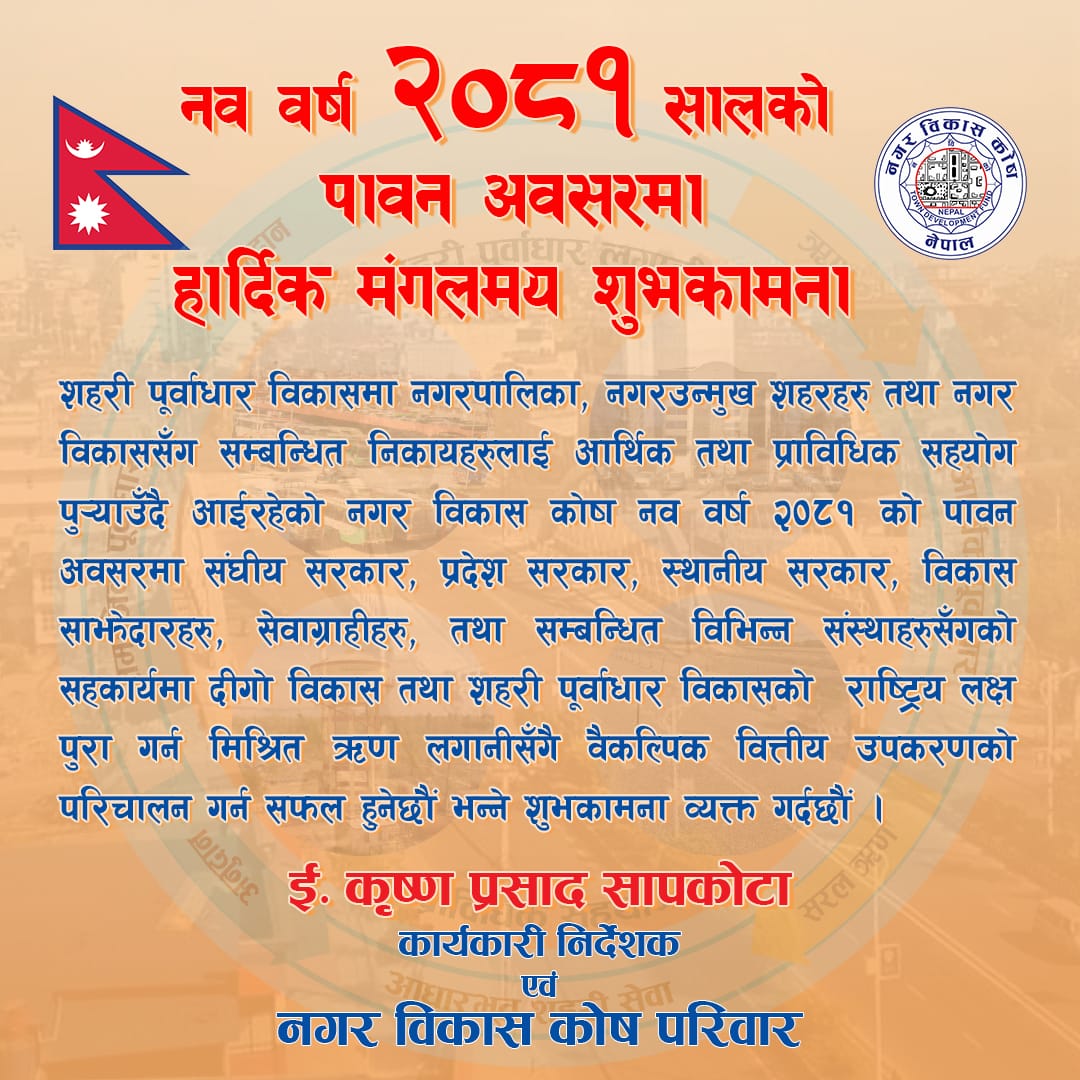Public Transport
Kathmandu Sustainable Urban Transport Project (KSUTP)
Project Concept
TDF has received grant from Asian Development Bank (ADB) and Global Environment Facility (GEF) under Kathmandu Sustainable Urban Transport Project (KSUTP) for financing implementation of the Public Transport in S5 Pilot Route (Gongabu to Sinamangal) and establishment of Sustainable Urban Transport Fund within TDF. TDF shall use the repayment from the new Bus Operating Company to establish Revolving Fund that may be used to finance subsequent public transport sector, which possess huge business potential for TDF in days to come. Hence, this pilot case is consideredas good business opportunity which will pave the way for new business portfolio for TDF in urban public transport sector.
Project Area
Kathmandu Valley Transport System improvement and urban public transport financing in 2 Pilot Route (S3 & S5). Total Project Cost: US$ 3.8 million (GEF & ADB Grant)
Project Objectives
The main objective of KSUTP is to improve the overall quality of urban life in Kathmandu Valley.
The specific objectives of the project are:
• With the aim of reducing use of private vehicle in future, KSUTP will investigate effective measures to significantly enhance the existing public transport services by providing more convenient, comfortable, reliable and safe public transport system.
• The project will take effective measures for enhancement of road network operation by improving traffic management and traffic safety in the valley.
• The project also aims to declare pedestrianisation zones (car free zones) in the Kathmandu City core area. A total of 8 km heritage pedestrian walkways and 15 km of sidewalks improvements are part of the pedestrianisation programs;
• Improving air quality monitoring and reduction in air pollution within the Kathmandu City is another objective of the project. However, TDF’s involvement in KSUTP is only for financing Public Transport fleet with low emission or electric vehicle through set up of financial mechanism. Under the sub-sector Public Transport, one of the tasks was defined as “Development and implementation of two pilot bus routes using electric or low emission vehicles.” Out of 2 pilot routes selected for implementation by KSUTP, only S5 pilot route was found viable from operation and business plan prepared KSUTP / PMCBC.
Financing Modality
For development of a financing mechanism through TDF to promote Public Transport fleet renewal by introducing low emission vehicles under KSUTP, TDF will receive grant amount of US$ 3.8 million (US$ 2 million from GEF grant account and US$1.8 million from ADB grant financing) to support the pilot routes implementation and establishment of Revolving Fund within TDF. Project Approval Date: July 22, 2010 (26 Oct. 2010 Signing Date) Jan 05, 2011 (Effectiveness Date) Project Closing Date: June 30, 2018 (Revised)
Project Beneficiaries
The total number of 61 private operators, comprising of 26 micro-bus 25 Safa Tempo, operating in the S5 Route, had established new operating company, M/s Digo Sarbajanik Yatayat (P) Ltd., 100% owned by private sector and subsequently, signed Service Level Contract with DoTM for the period of 12 years. The project will have direct benefit to the local commuters of 15,027 per day and significant impact on improved urban environment due to promotion of low emission vehicles. Most importantly, it will help to abolish existing ‘syndicate’ in Public Transport, which is seen as bottleneck for improvement of Public Transport.
Output
The outputs of the projects are as following:
• In Kathmandu, public transport services and walkability are improved, favoring a modal shift from private vehicles and improving traffic conditions.
• Public transport is improved and upgraded, and Revolving Fund established within TDF for PT financing.
Way Forward
For up scaling the promotion of PT fleet with low emission or electric vehicles in other pilot routes through established revolving fund within TDF is major way forward of the project. Identifying appropriate mode of mass transportations at the main corridors are important to cope up with the increasing population and urbanizations.
